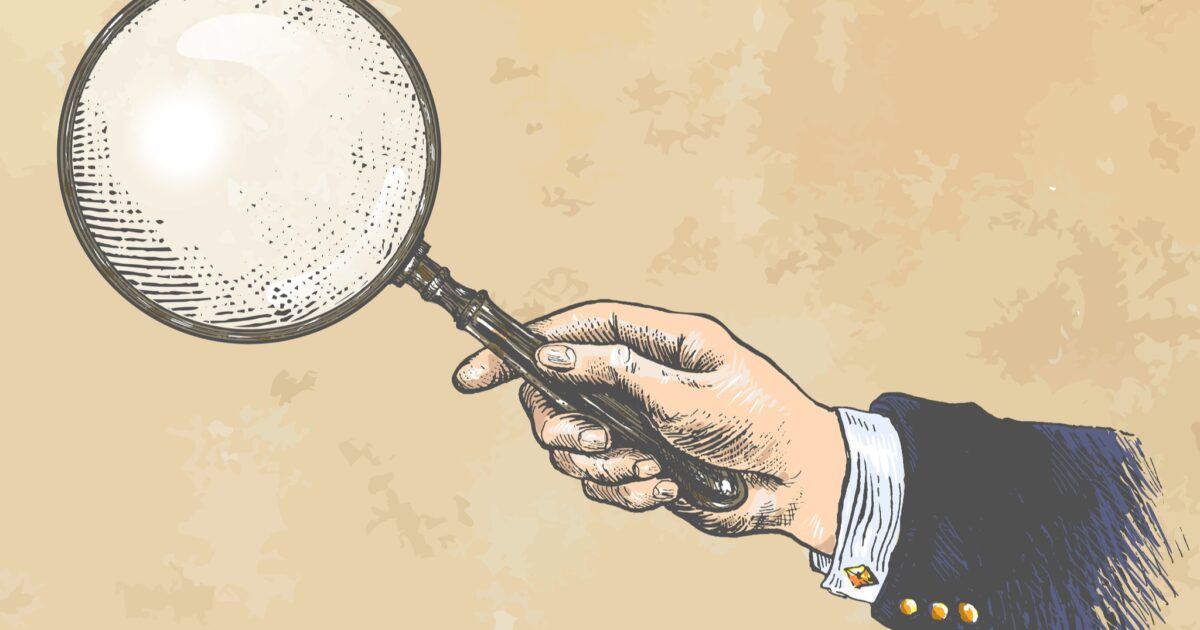Over one hundred fifty years ago, Carl Menger started his economic theorizing with the recognition that “goods” are useful things that satisfy human needs. From there, he proceeded to develop a subjective theory of value that supplanted the prevailing labor theory of value.
The rest is history.
Such foundational insights yielded supply and demand and a sophisticated price theory. Endless social phenomena, once intractable puzzles, were rendered intelligible—even obvious. Diamonds are more costly than water due to their relative marginal valuations.
Yet, there is more to the theory of “the good” than meets the eye.
Property rights economics significantly complicated and enriched the picture. For starters, “ownership” of a good entails a highly complex bundle of rights. In owning a house, one possesses the right to paint the interior, but may not possess the right to paint the exterior. A homeowner almost certainly does not own the right to construct a modern-day Tower of Babel in the front yard. And the rights the owner does possess always fall short of perfection. While he possesses a legal right to the interior of his home, a burglar vandalizing the walls with spray paint demonstrates that the legal owner does not possess unadulterated control over the interior’s services at every moment.
What’s more, every good manifests a host of “attributes” or characteristics. A good as simple as an orange exhibits a complex tangle of ripeness, size, weight, calories, packaging, labeling, sweetness, skin thickness, seededness, and the like.
Virtually common sense, this insight has profound implications for the theory of markets and exchange. There may be one per-orange price posted over a grocery store’s orange bin. Yet, buyers may search through this bin to find the most succulent, ripest (or least ripe), and so on. In other words, buyers may not treat the oranges as homogeneous. They are seeking the most valuable orange relative to the uniform price. Barzel, to take the classic expositor of this idea, derives a host of conclusions about market organization from these facts.
What I want to suggest is that these insights have not been explored comprehensively. I don’t have all the answers but believe it profitable for economists to embark on a more thoroughgoing “micro-microeconomics” of sorts. If “microeconomics” examines “prices” and “quantities,” then this proposed “micro-microeconomics” would explore goods and their attributes.
By pursuing this project, economists may enrich even our most fundamental ideas concerning value and price. Many of the constituent elements for this project exist, but they have not been brought together systematically.
Here are a few things we already know. Attributes, which every good has, are “margins” over which buyers and sellers can adjust. Consider a few ways this insight has been deployed. We know that prices do not change with every passing fluctuation in supply and demand conditions. For example, grocery stores do not increase their prices around rush hour, though the demand rises around 5 p.m. Rather than changing the price, stores allow people to stand in line for longer. There are costs to changing prices, there are benefits to price stability, and the two together determine that the profit-maximizing choice is sometimes longer lines rather than higher prices.
Likewise, we know that market participants often adjust margins besides price in other contexts too. Price controls are the most salient example. Price floors (i.e. minimum wage), may incentivize employers to diminish other parts of an employee’s compensation package. No more coffee in the breakroom. A price ceiling (i.e. rent control) may cause a landlord to remove attributes of the good renters are purchasing. The apartment complex falls into disrepair.
To summarize, price controls often generate adjustments on non-price margins when the law forecloses price adjustment. And even in unhampered markets, sellers don’t always elect to adjust price, as in the grocery store case.
So why couldn’t the tendency to adjust attributes be even more widespread than is commonly understood? When our familiar demand curve from Econ 101 shifts to the right, why must it always result in an increased price? Surely, a higher price is not the only possible way to equilibrate this market, to bring the quantity supplied in equality with the quantity demanded. Recognizing that goods manifest bundles of attributes suggests that a rightward demand shift could also be equilibrated by holding price constant, while removing or diminishing one of the good’s attributes. The removal of the attribute decreases willingness to buy until the amount buyers wish to buy equals the quantity sellers wish to sell.
Admitting near-infinite margins of adjustment opens a Pandora’s Box of possibilities. In the foregoing example, we might wonder if such a scenario is even amenable to diagrammatic exposition since the good itself has clearly changed, but diagrams presuppose homogeneous units of good.
More substantively: Under what conditions do buyers and sellers adjust a good’s attributes, as opposed to its price? When do they opt for a combination of both? Which attributes are amenable to adjustment, and which are more stable? How do submarginal buyers who exit a market under diminished attributes differ from those who do so in response to an increased price? How does competition between sellers influence decisions to adjust attributes? What about buyers’ opportunity cost of time? Might these insights suggest yet another way that price indices underestimate the costs of inflation? Does inflation make adjustment on attributes other than price more attractive? And could we apply this analysis to a host of other interventions?
To raise these questions is not to answer them.
But it does suggest we are far from plumbing the theoretical depth of insight bequeathed to us by the Marginal Revolution. Williamson famously argued that we ought to make transactions the unit of analysis. Perhaps making the good itself our focus takes the examination down yet one more level. Regardless, a renewed examination of the most basic economics—the theory of the good—might yet generate a revolutionary micro-microeconomics.




